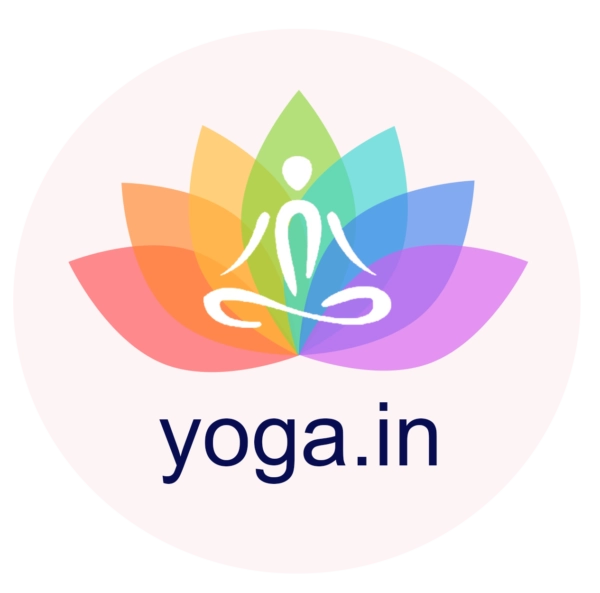About Ashtanga yoga
Benefits
The practice of Ashtanga yoga offers a multitude of physical, mental and emotional benefits. It builds strength and flexibility, tones muscles, and improves overall fitness. Regular practice can enhance endurance, balance and coordination. Ashtanga yoga also promotes stress reduction, mental focus, and a sense of calm and well-being.
Ashtanga yoga:
To practice Ashtanga yoga, find a dedicated and quiet space where you can practice without interruptions. Start with the Primary Series (Yoga Chikitsa) if you are new to Ashtanga yoga. Familiarize yourself with the sequence and practice under the guidance of a qualified teacher. Focus on synchronizing breath and movement and maintain a steady and consistent practice. As you progress, you can explore the Intermediate Series (Nadi Shodhana) and Advanced Series (Sthira Bhaga).
yoga Good For:
Ashtanga yoga is suitable for practitioners of varying levels of experience. It is particularly beneficial for those seeking a challenging and disciplined practice. Ashtanga yoga can help build physical strength, improve flexibility, cultivate mental focus, and deepen the connection between body and mind. It is recommended for individuals who are looking for a dynamic and transformative yoga experience.
Usage:
Ashtanga yoga traditionally does not incorporate props extensively. However, beginners or those with physical limitations can utilize props such as blocks or straps to assist in certain poses. The use of props should be minimal and temporary, with the aim of eventually practicing without them.
History:
Ashtanga yoga has its roots in ancient Indian yogic traditions. The teachings of Ashtanga yoga were compiled and systematized by the Maharishi Patanjali in the Yoga Sutras. However, the modern practice of Ashtanga yoga is primarily attributed to Sri K. Pattabhi Jois, who popularized it in the 20th century. Sri K. Pattabhi Jois learned Ashtanga yoga from his teacher,Sri T. Krishnamacharya, who is often referred to as the “Father of Modern Yoga.” Sri K. Pattabhi Jois established the Ashtanga Yoga Research Institute in Mysore, India, where he taught and propagated the Ashtanga yoga method. Today, his grandson, R. Sharath Jois, continues to carry on the lineage.
Practices and Techniques:
Ashtanga yoga is characterized by a dynamic and sequential practice of asanas and breath control. The practice follows a set sequence of poses that are linked together by vinyasas (specific movements synchronized with breath). Ujjayi pranayama (victorious breath) is utilized throughout the practice to generate internal heat and focus the mind. The practice also incorporates bandhas (energy locks) and drishti (gazing points) to enhance concentration and energy flow.
Chakra Connection in Ashtanga yoga:
In conclusion, Ashtanga yoga offers a disciplined and transformative practice that combines breath, movement, and focus. With its rich history, lineage, and comprehensive approach, Ashtanga yoga provides a pathway to physical strength, flexibility, mental clarity and spiritual growth. Whether you are an experienced practitioner or new to the practice, Ashtanga yoga offers a profound journey of self-discovery and transformation.
